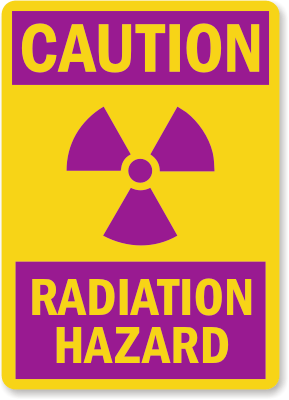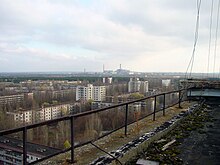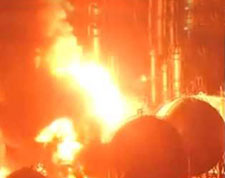A hidden premise of mine is that we will have an energy crash in the future and when that happens most electricity will be diverted from the residential market to municipal and national security needs. After that food production and other necessities. Still people have their own electrical generation capacity. Enough to charge batteries so there will be a lot of “light” vehicles around. I don’t think many Volt sized cars will be workable but heh compared to a horse, 40 or 50 miles an hour is not bad.
http://www.electric-bikes.com/
Welcome to Electric-Bikes.com
Practical transportation for errands and short commutes.
Electric bikes are part of a wide range of Light Electric Vehicles (LEVs) that provide convenient local transportation. Generally designed for one person and small cargo capacity, electric bike range, speed, and cost are moderate. For most of us, the majority of our trips are less than 10 miles – within the range of most e-bikes. Clean, quiet, and efficient LEVs offer the advantages of an extra car without the burdens.
To learn more about the range of electric bikes, kits and LEVs, visit our introduction page. Or, click on your favorite type of vehicle below.
 |
 |
 |
 |
 |
 |
| Scooters | E-Bicycles | E-Trikes | Conversion Kits | Betterbikes™ | Folding E-Bikes |
 |
 |
 |
 |
 |
 |
| Pedicabs | Motorscooters | Motorcycles | Neighbr. EVs | Commuter Cars | TriTrack Street |
The following organizations suppport changing the California Vehicle Code to simplify the rules, reduce barriers, and fairly treat LEVs as viable transportation alternatives.
:}
More next week.
:}













 By Richard Black Environment correspondent, BBC News
By Richard Black Environment correspondent, BBC News